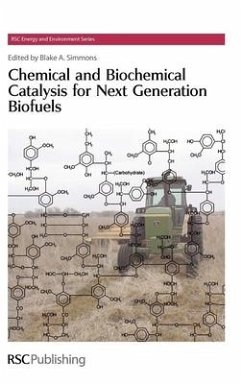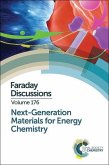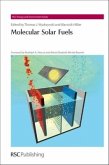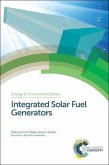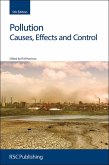The development of renewable and sustainable lignocellulosic biofuels is currently receiving worldwide attention and investment. Despite several decades of research, there remain significant challenges that need to be overcome before these biofuels can be produced in large volumes at cost-competitive prices. One of the primary obstacles is the lack of efficient and affordable catalytic systems that can solubilize and hydrolyze polysaccharides into sugars. These sugars are then fed to microrganisms and fermented into biofuels. The price of these catalysts, be they biological, thermochemical, or chemical in nature, represent one of the largest costs in the conversion process. There are a number of catalytic schemes available, each with their own advantages and disadvantages, that must be considered when selecting an appropriate system. This book presents a general yet substantial review of the most promising catalytic processes and covers the spectrum of biomass pretreatment, enzymes, chemical catalysts, and hybrid approaches of hydrolyzing biomass into fermentable sugars and/or biofuels. It is the only currently available book that combines the chemical and thermochemical conversion approaches to biofuel production. The book starts with a comprehensive evaluation of feedstocks in terms of availability, sustainability, and land cover type and subsequent chapters focus on a detailed assessment around biomass conversion technologies, including biomass pretreatment, chemical catalysis, thermochemical conversion, and bioinspired catalysts. It will be essential reading for graduate students and scientific researchers working in alternative energy and biofuel production.

